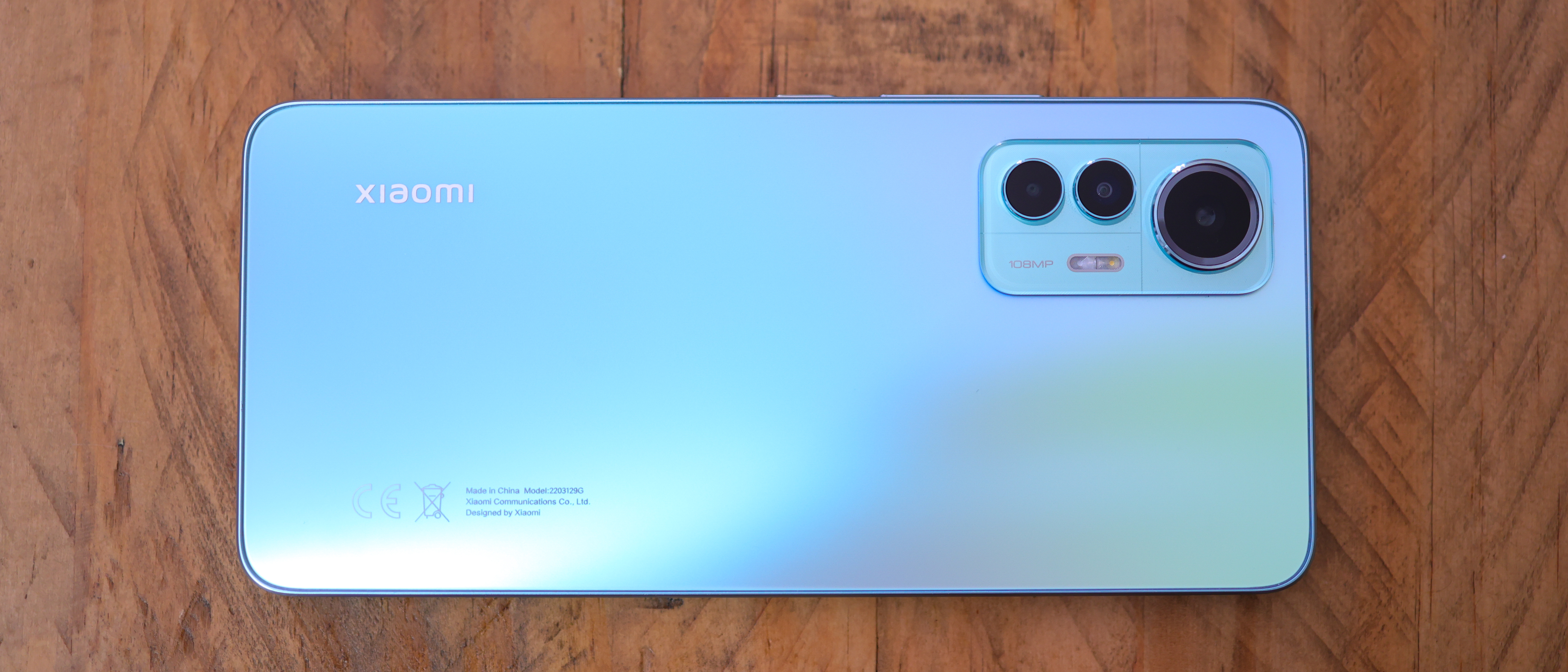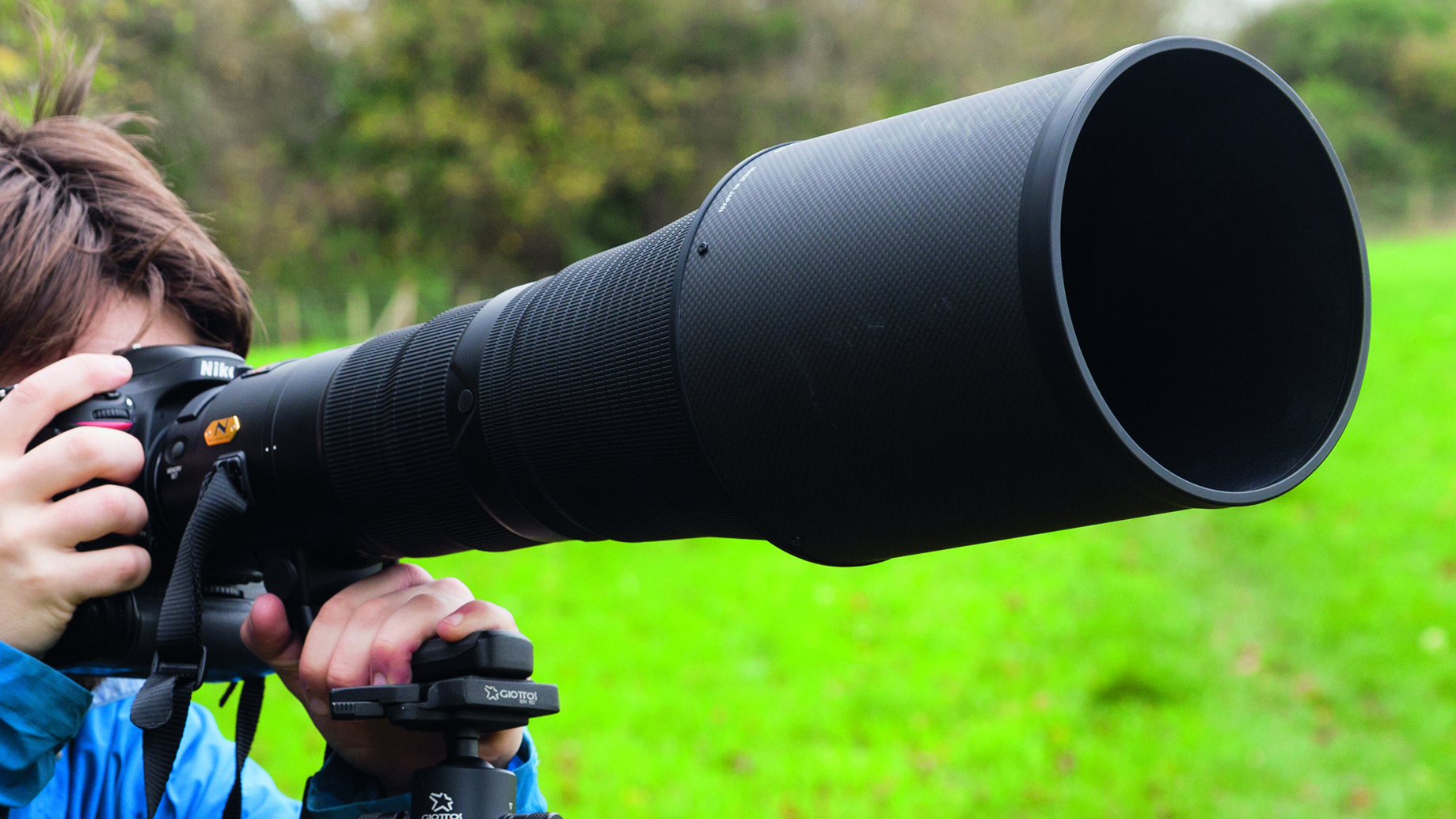Digital Camera World Verdict
The Xiaomi 12 Lite is a fun selfie-focused phone that does a good job in most areas, combining rich styling with a great screen. While you can get the phone's rear camera mix for less, and its battery life could be better, its front camera helps it stand out. And thanks to decent performance when compared to key competition like the Galaxy A53 5G, this could be a great shout if you want a stylish phone with a knack for taking good selfies on a budget.
Pros
- +
Rich design for the price
- +
Great-looking AMOLED screen
- +
Above-average front camera
- +
Fast 67W wired charging
Cons
- -
Battery life could be better
- -
Poor macro camera performance
- -
No OIS across any cameras
- -
No expandable storage
Why you can trust Digital Camera World
If you want to capture great-looking selfies on a budget, then Xiaomi's 12 Lite is one of a handful of smartphones created to scratch that particular itch. Its front camera comes loaded with a dual-LED fill-light and autofocus, much like the Vivo V21 5G. While the 12 Lite misses out on OIS, it undercuts the X21 5G's price, and offers more powerful internals.
Xiaomi is bringing back a tried and tested camera champ for the 12 Lite's main camera – the same 108MP sensor that made the Redmi Note 10 Pro one of the best budget camera phones we've ever tested. That's combined with an 8MP ultra-wide camera and a 2MP macro camera.
Tying everything together is a very slim, fancy-looking, frosted package and a 120Hz silky smooth AMOLED screen with 67W fast charging – the 12 Lite ticks loads of boxes. Before you get too excited though, with one of the smallest capacity batteries we've seen, it could all be for naught if the phone doesn't make it through a day.
Xiaomi 12 Lite design and screen
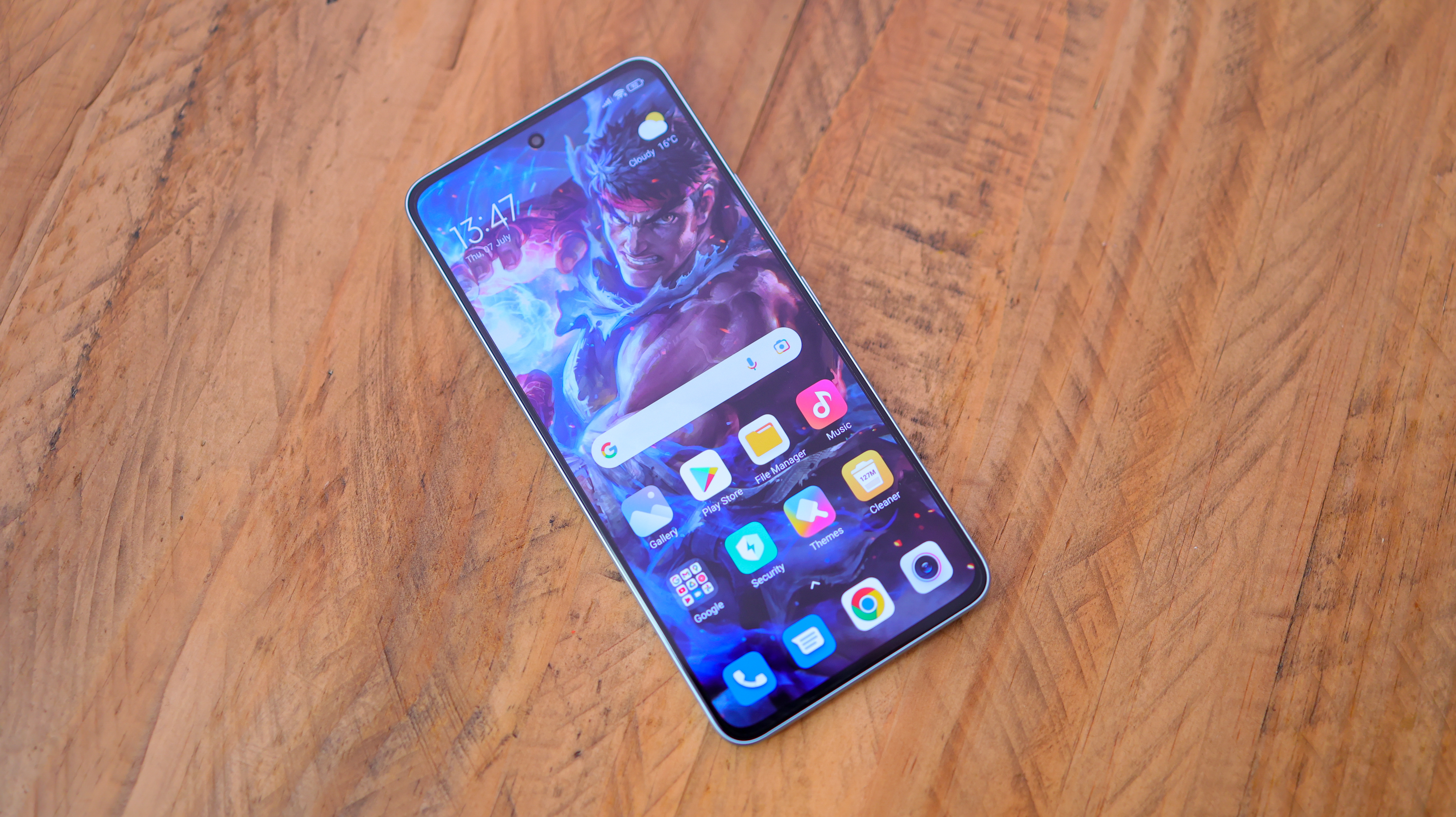
With its flat glass front and back, the Xiaomi 12 Lite looks more classical than a lot of curved phones out now, like the Xiaomi 12 Pro and OnePlus 10 Pro. While Xiaomi doesn't push its midrange design quite as far as Samsung with its unique-looking Galaxy A53 5G, the 12 Lite still manages to impress with its frosted good looks.
The phone is slim at just 7.3mm, and it's also light too. Despite being slender, it's easy to hold thanks to its flat sides and is comfortable in hand, owing to its rounded corners. Ultimately, this is a well-balanced bit of design – both looking and feeling good.
At the base of the Xiaomi 12 Lite is a USB-C port, a dual-SIM tray, and a loudspeaker. At the top is an IR blaster and another loudspeaker, and on the right side are volume and power buttons. The real points of interest are on the front and back though.
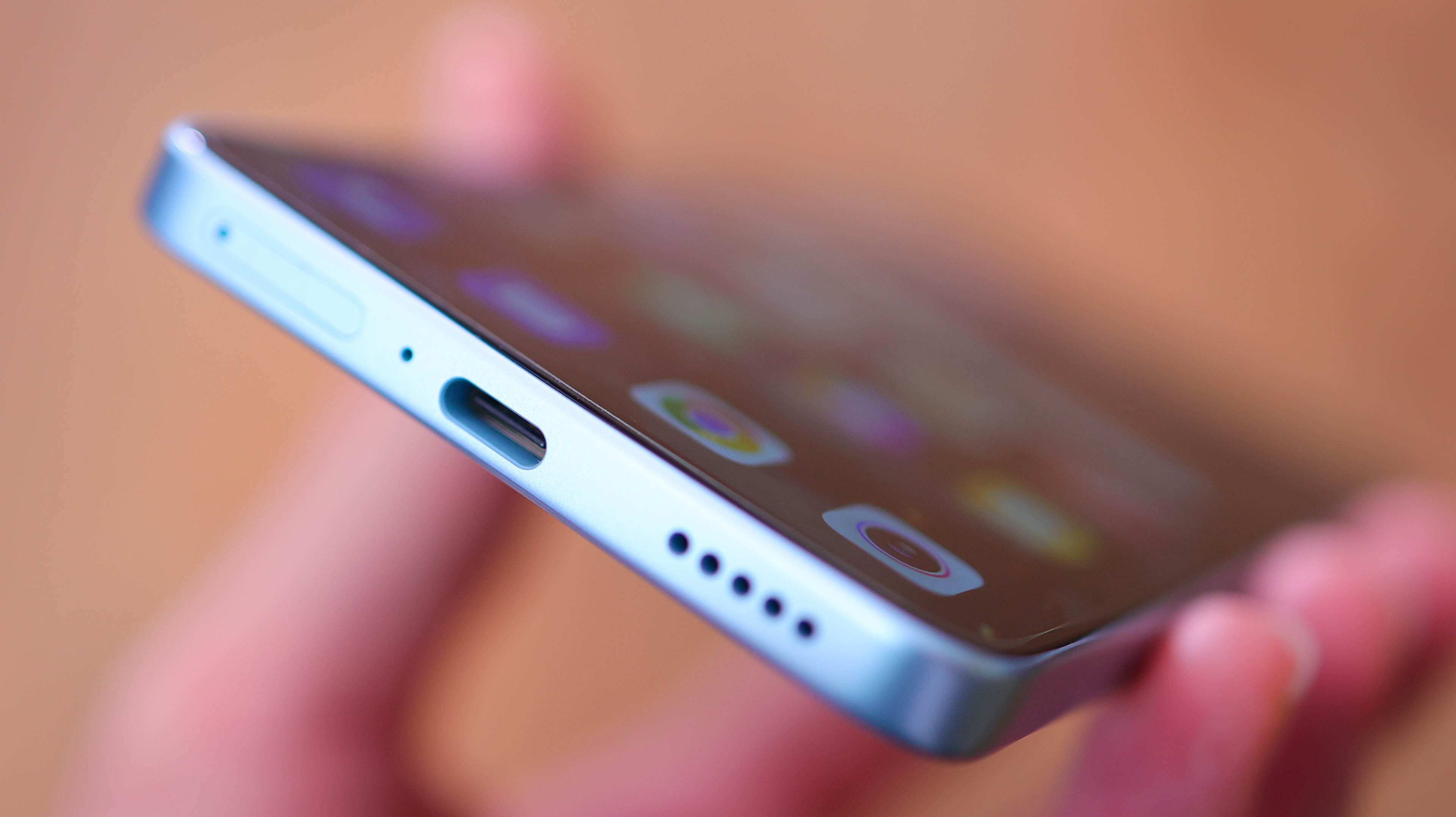
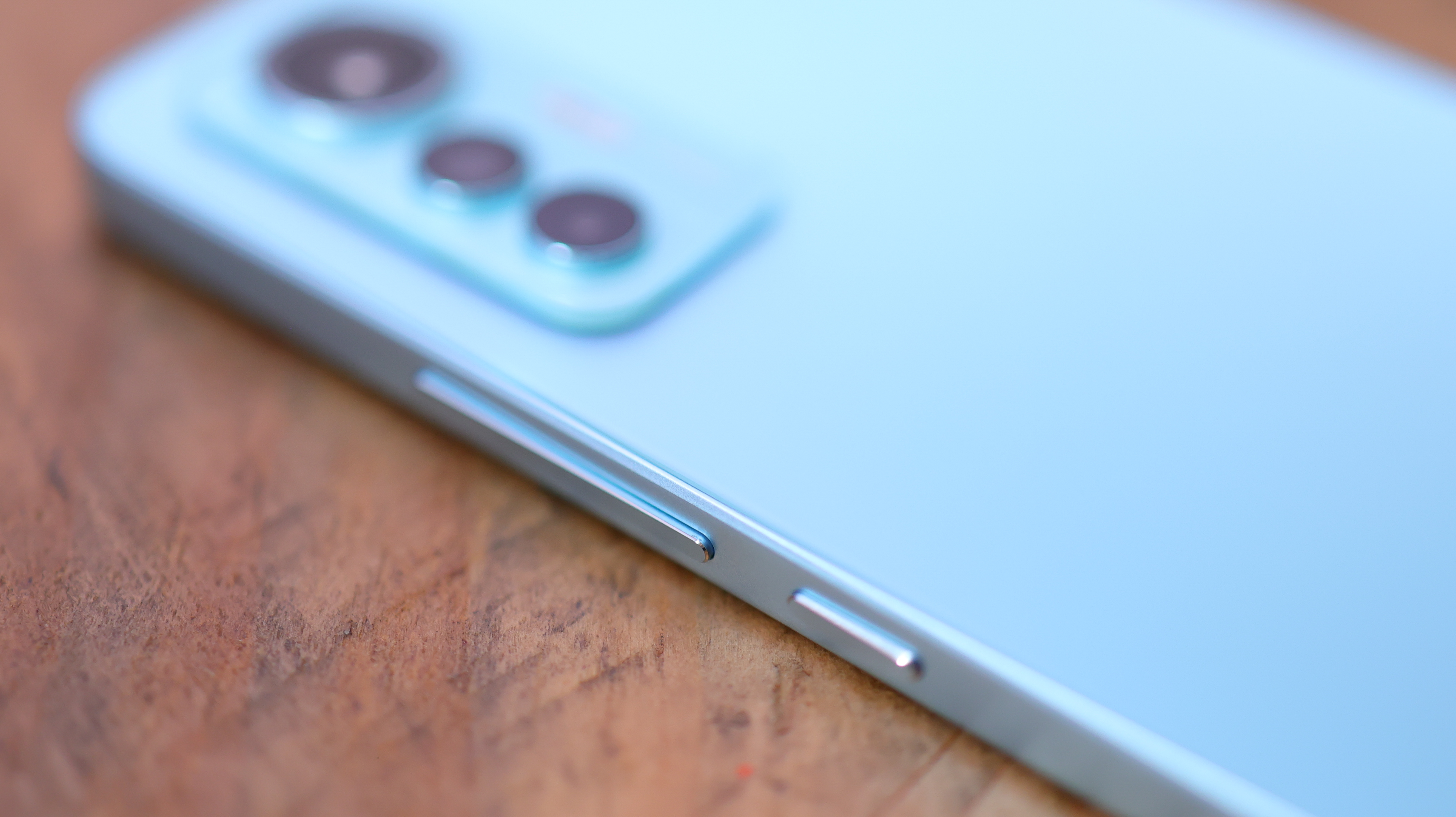
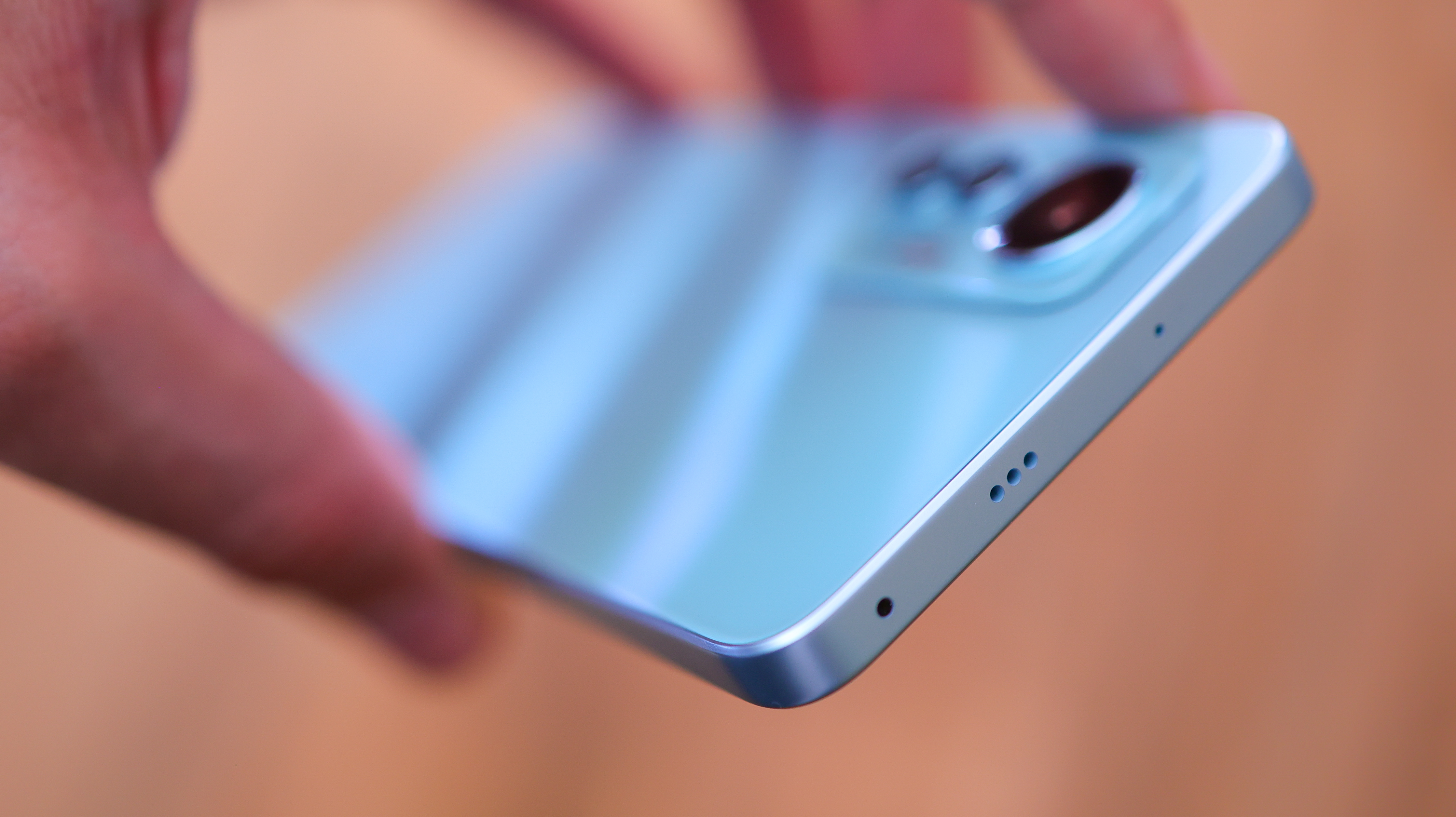
You'd be forgiven for thinking the 12 Lite's front is all screen save for a punch-hole selfie camera – but you'd be discounting two subtle LED flashes nuzzled in the bezzle.
The 12 Lite's glass back is also a point of interest. First, there's the frosted finish, which looks great and is available in Lite Green, Lite Pink, and a more traditional frosted Black. Whichever color you go for, the back panel of the phone is color-matched to the plastic frame, which also has a matte texture. Finally, the stepped camera bump around the back is where you'll find the 108MP main camera and its secondary smaller companion cameras.
There aren't many fun-looking phones in the 12 Lite's price category that still pack finesse, but even in the fun, Lite Green color we tested out, Xiaomi has succeeded with making a design that works.
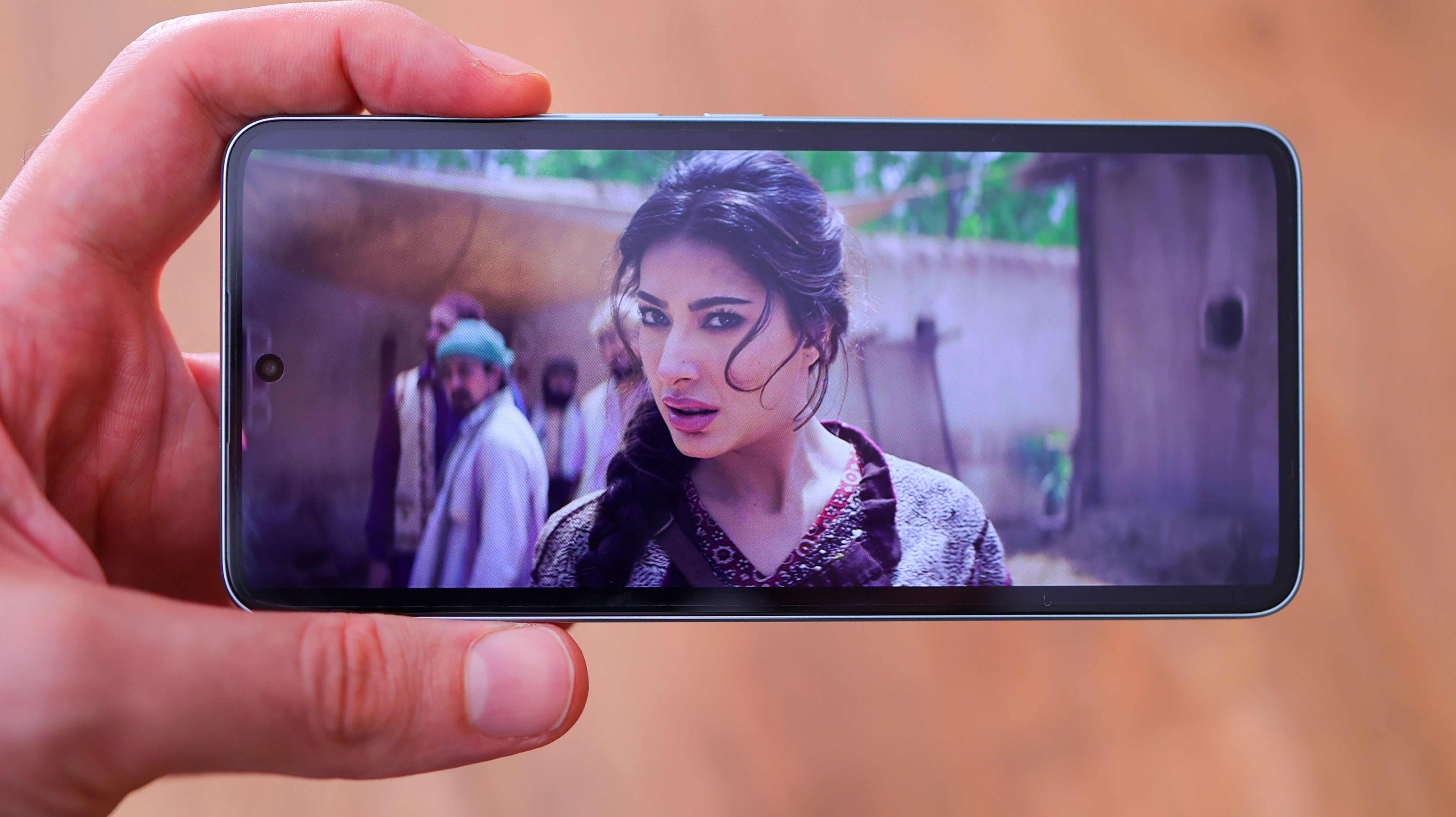
What also helps the Xiaomi 12 Lite's design is the fact the phone's relatively manageable. With a 6.55-inch AMOLED screen, it's still big enough to make watching movies or shows relatively immersive, but it slides into jeans that bit more easily than most.
The screen's also a great panel when it comes to specs and quality. It sports HDR10+ AMOLED tech, so dark areas get nice and deep, and it also gets very bright too – peaking at around 950 nits. Full HD resolution means the 12 Lite's as sharp as it needs to be in its price bracket of around $400-500 (roughly £350-420), and whether you're reading, watching, or swiping through feeds, it looks good.
Out of the box, the 12 Lite's screen is set to a refresh rate of 60Hz by default. Dive into the settings and you can easily bump this up to 120Hz, and we would recommend doing so if you want the best viewing experience possible. That said with its small battery capacity, if you want to eke out a little extra battery life, 60Hz might be the way to go.
Xiaomi 12 Lite camera
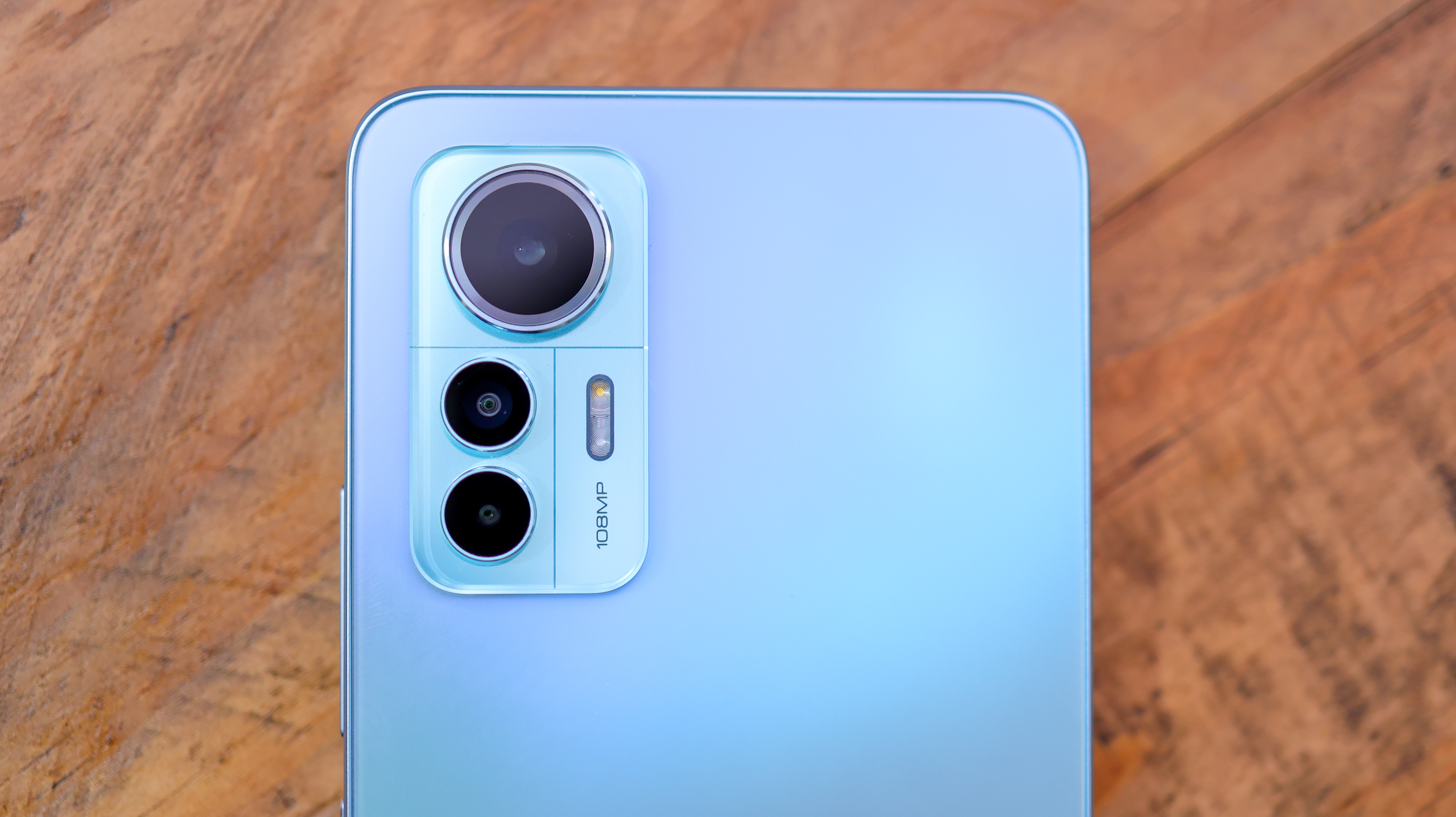
With three cameras around the back and one on the front, you'd be forgiven for thinking there's nothing special about the Xiaomi 12 Lite's photography story – but you'd be mistaken.
The phone's 32MP front camera features autofocus – usually reserved for Samsung flagship phones, as well as a dual-fill light. It's also bolstered by a 1/2.8” sensor size with 0.8-micron pixels and an f/2.5 lens.
As for the main camera, this is a 108MP HM2 sensor that measures 1/1.52 inches – a superior 108MP system when compared to the HM6 found on the Realme 9. It's matched with an f/1.9 aperture and the camera captures 12MP images by default.
The 8 MP ultra-wide camera is powered by a decent Sony IMX 355 sensor and has an f/2.2 lens with a 118˚ field of view, and the 2MP fixed-focus macro camera uses a tiny GalaxyCore GC02M1 sensor (1/5").
Unlike the Redmi Note 11 Pro 5G, the Xiaomi 12 Lite can capture 4K video at up to 30fps, and 1080p footage at 60fps. Shooting modes also go beyond those of the Note 11 Pro, with Photo, Portrait, Video, Night, Pro, 108MP, Short video, Panorama, Document, Slow motion, Time-lapse, Long exposure, Vlog, and Dual video modes.
Xiaomi 12 Lite camera review
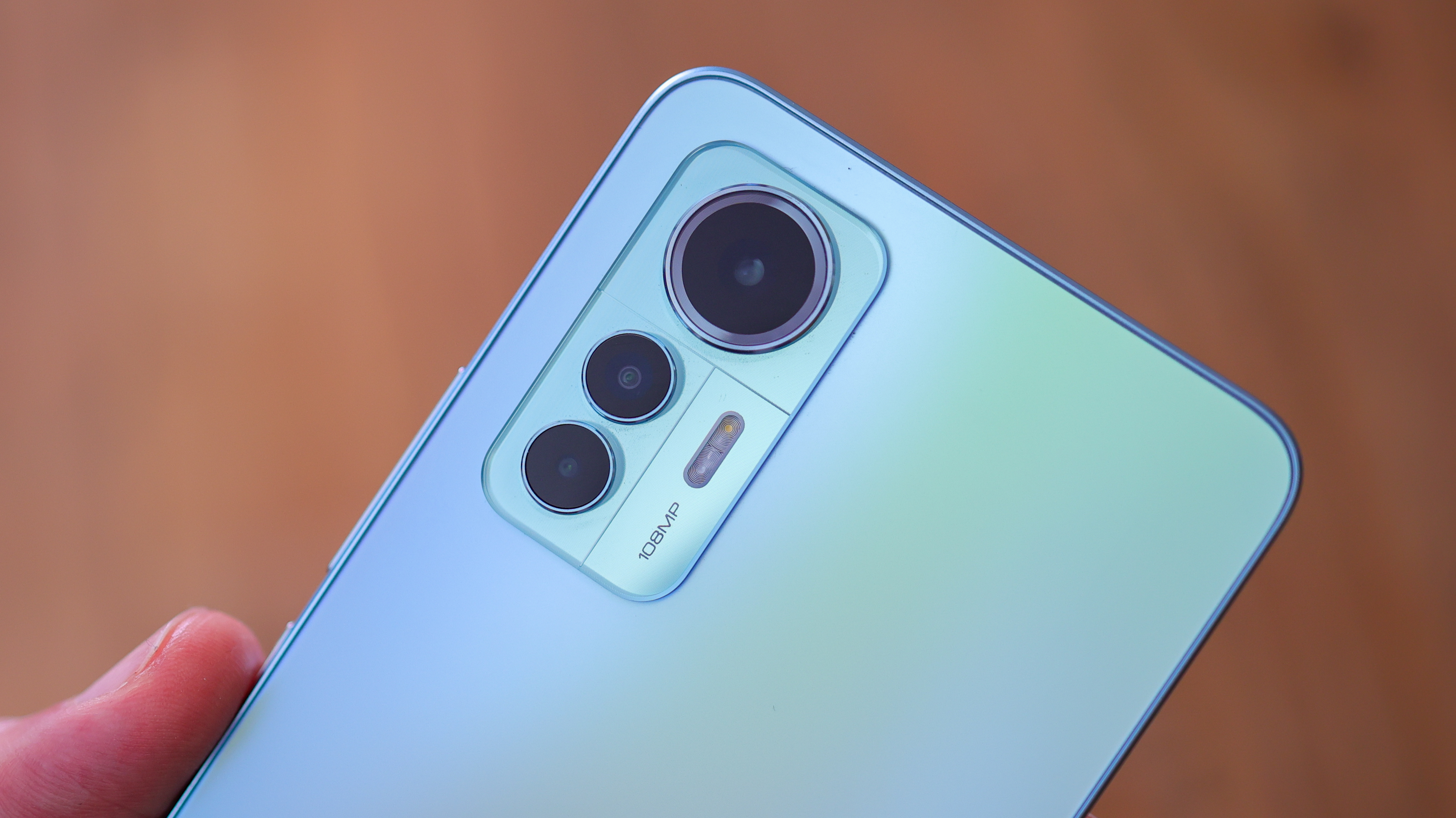
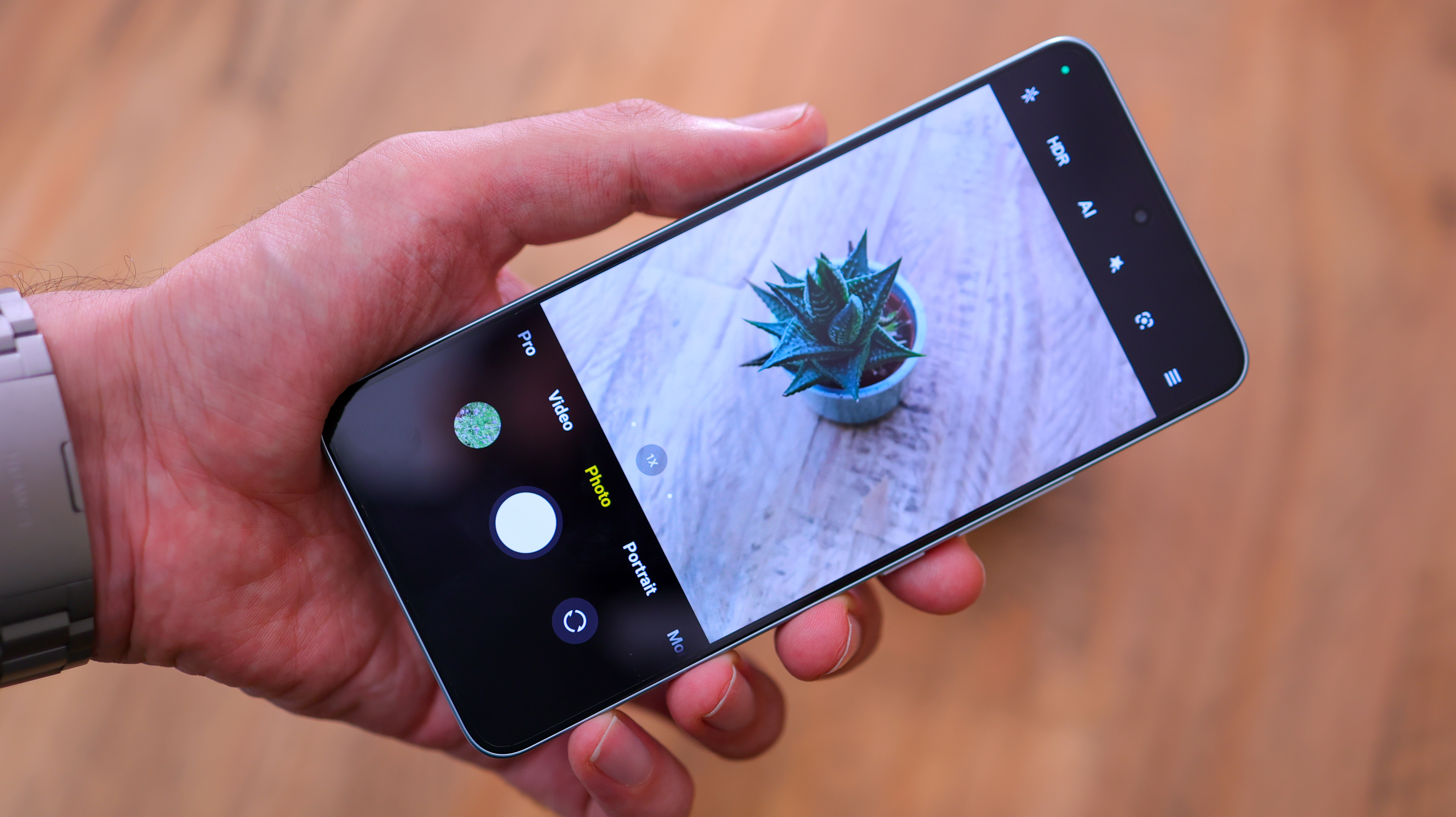
Xiaomi's had a long time to refine the 108MP main camera of the 12 Lite Pro, and so it shouldn't come as a surprise that it's reliably good across a range of scenes. In bright environments, it crams pictures with saturation and contrast, which will suit casual photographers but might turn off enthusiasts.
Just like the Poco X4 Pro 5G, if you really want to squeeze out maximum detail, you'll want to shoot in 108MP mode. This bypasses the pixel-binning, and when light is abundant, captures superior levels of detail, and less processed photos.
The camera sensors are capable of respectable levels of dynamic range, though Xiaomi's photo processing dials HDR effects back, as evidenced in the image of the phone box below.
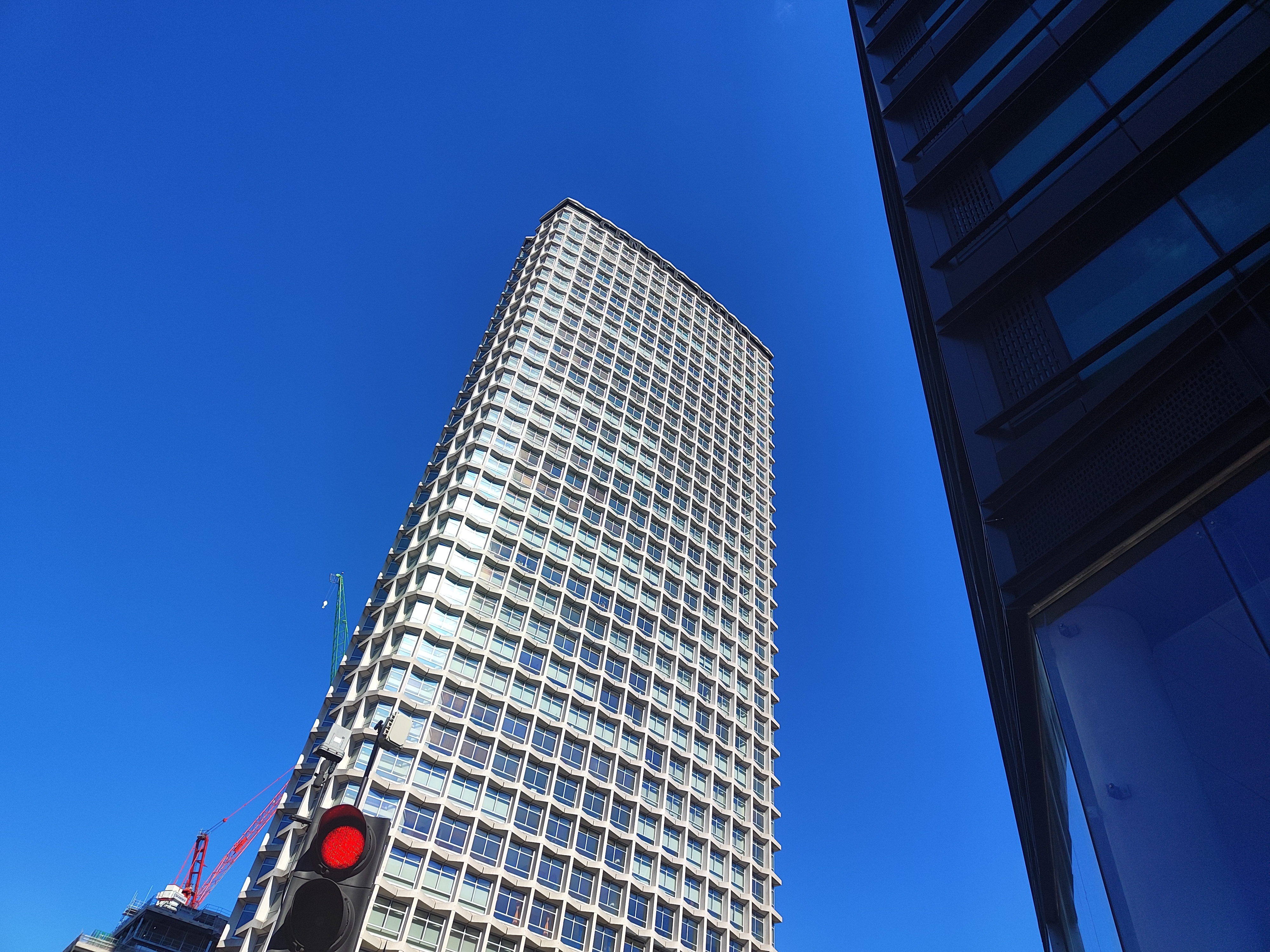
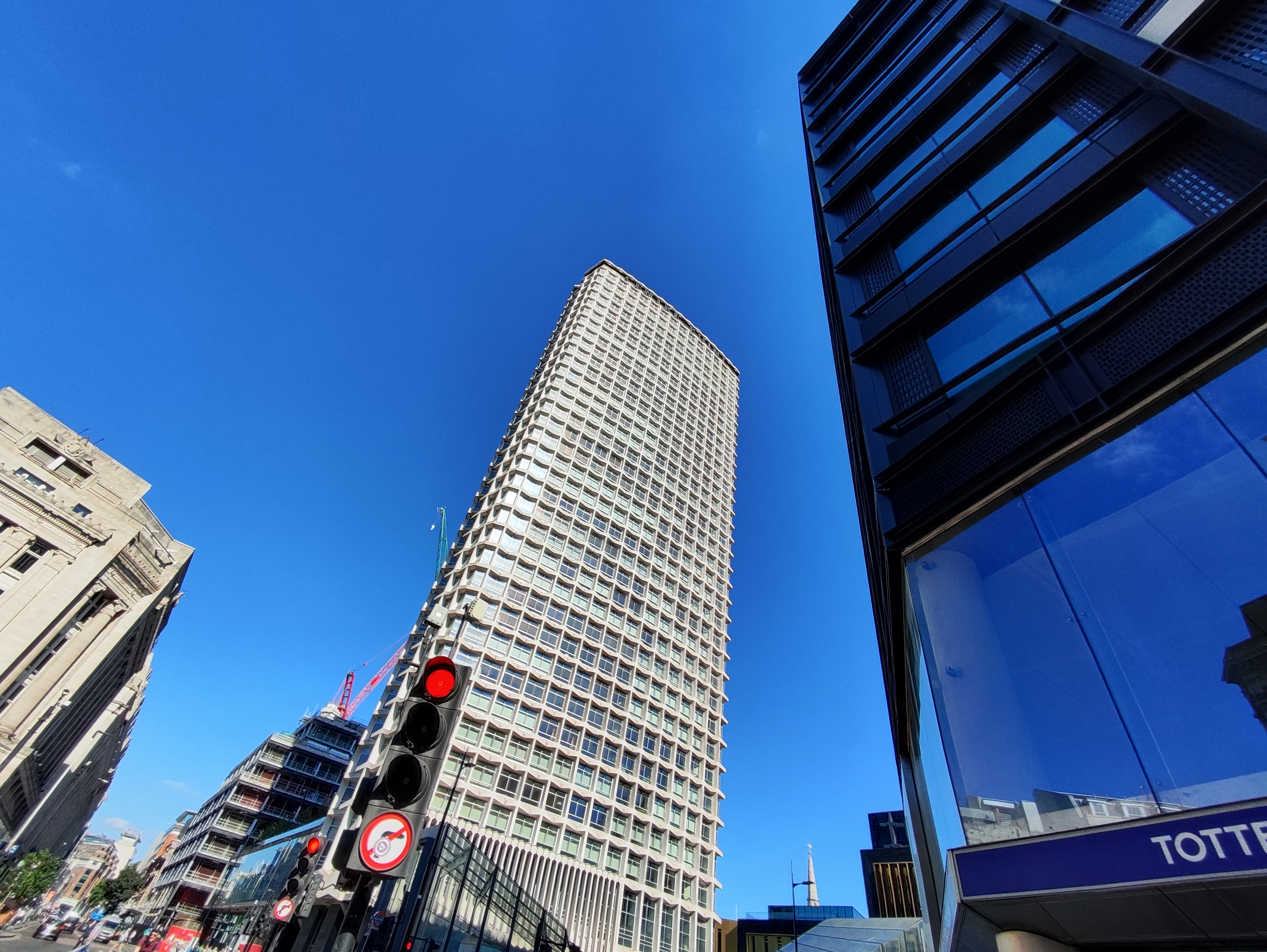
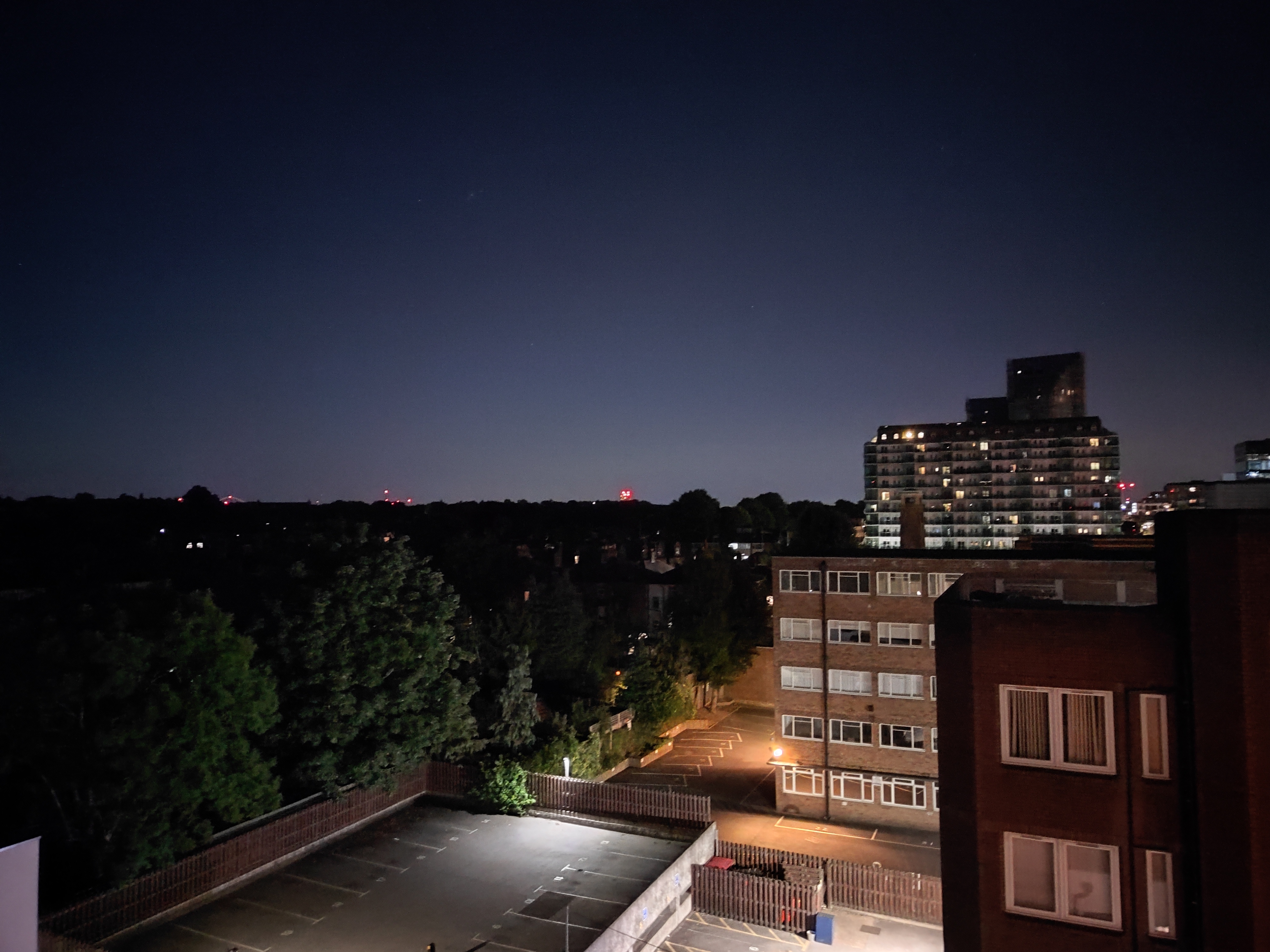
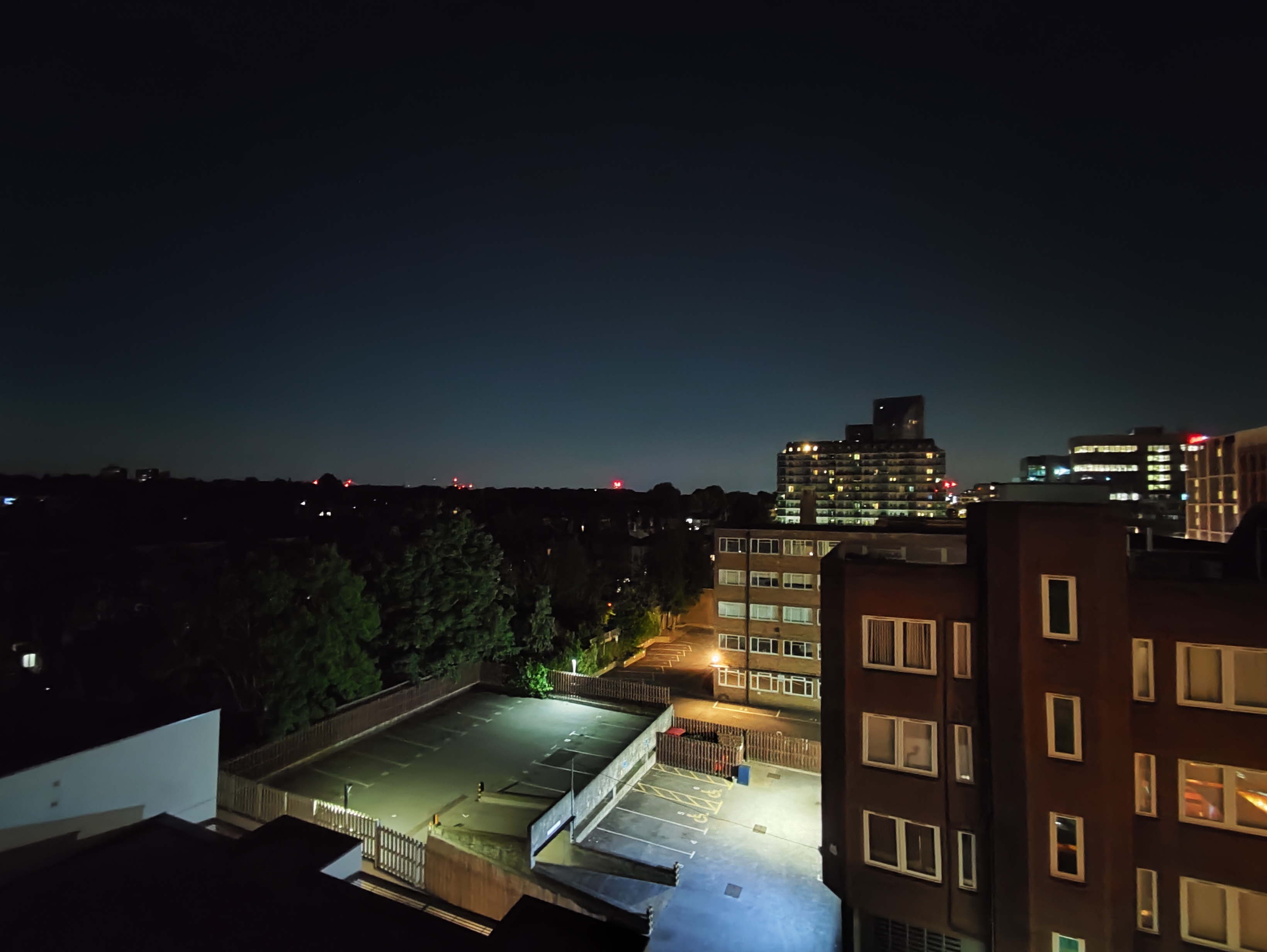
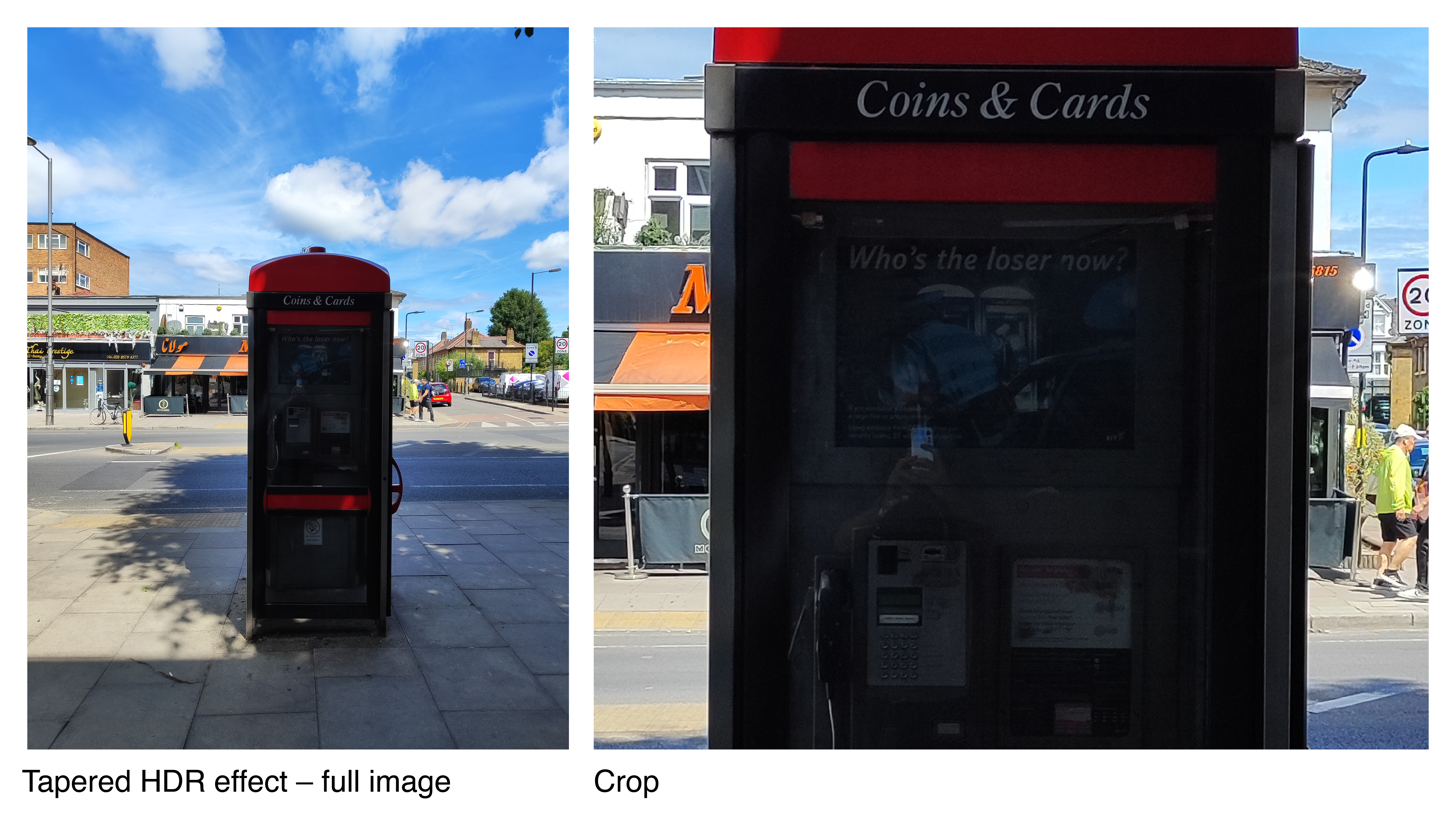
Whether you fire up night mode or not, the Xiaomi 12 Lite will engage a long-exposure shot if it detects a dark scene, outperforming phones like the Realme 9 and Realme 9 5G across lighting conditions. Its noise handling is respectable from the main camera, though the ultra-wide camera benefits from manually firing up night mode.
Despite no OIS, the EIS does a fine job of holding a frame steady when shooting video, and that extends to selfie video too, which holds up well in bright scenes.
Selfie photos are the real highlight of the Xiaomi 12 Lite though, specifically the portrait mode and autofocus feature. This enables some very creative photo taking and pictures that wouldn't be possible to capture on many front cameras. Below is a close-up of a face that's loaded with detail. The selfie camera isn't perfect – in dimly lit scenes, it can struggle, even with the fill-lights which flatter more than flip the script on selfie-taking.
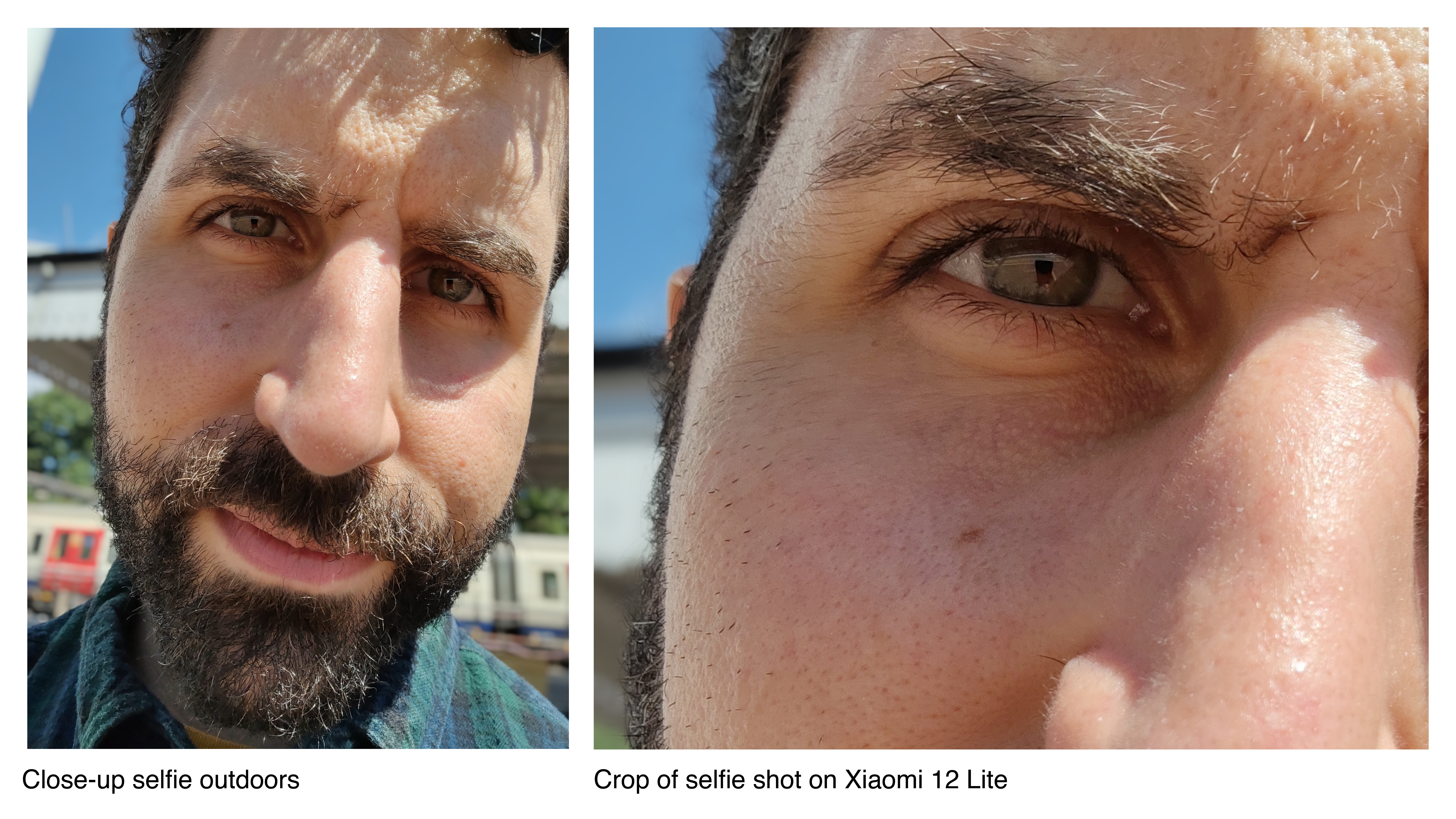

Camera samples

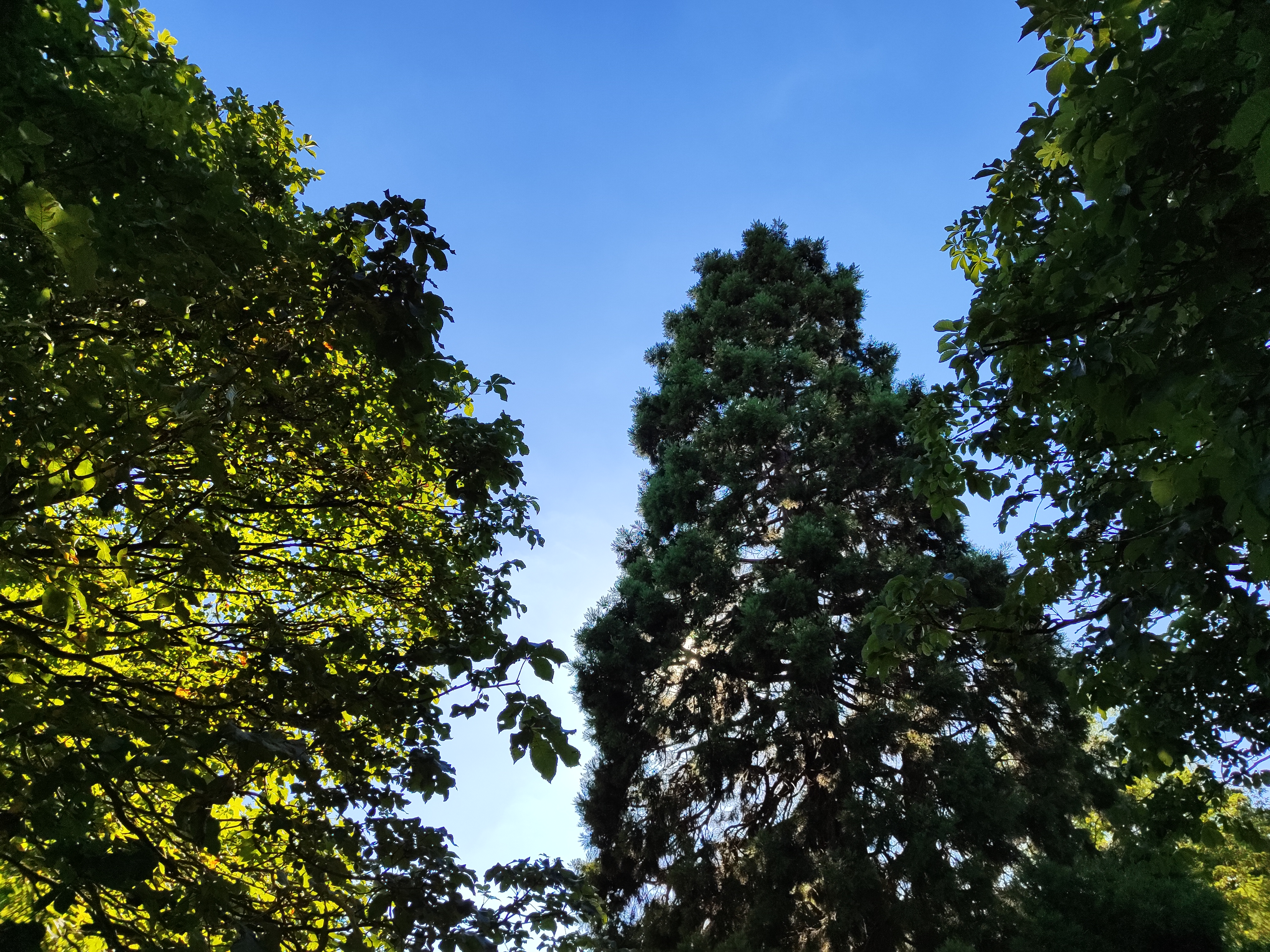
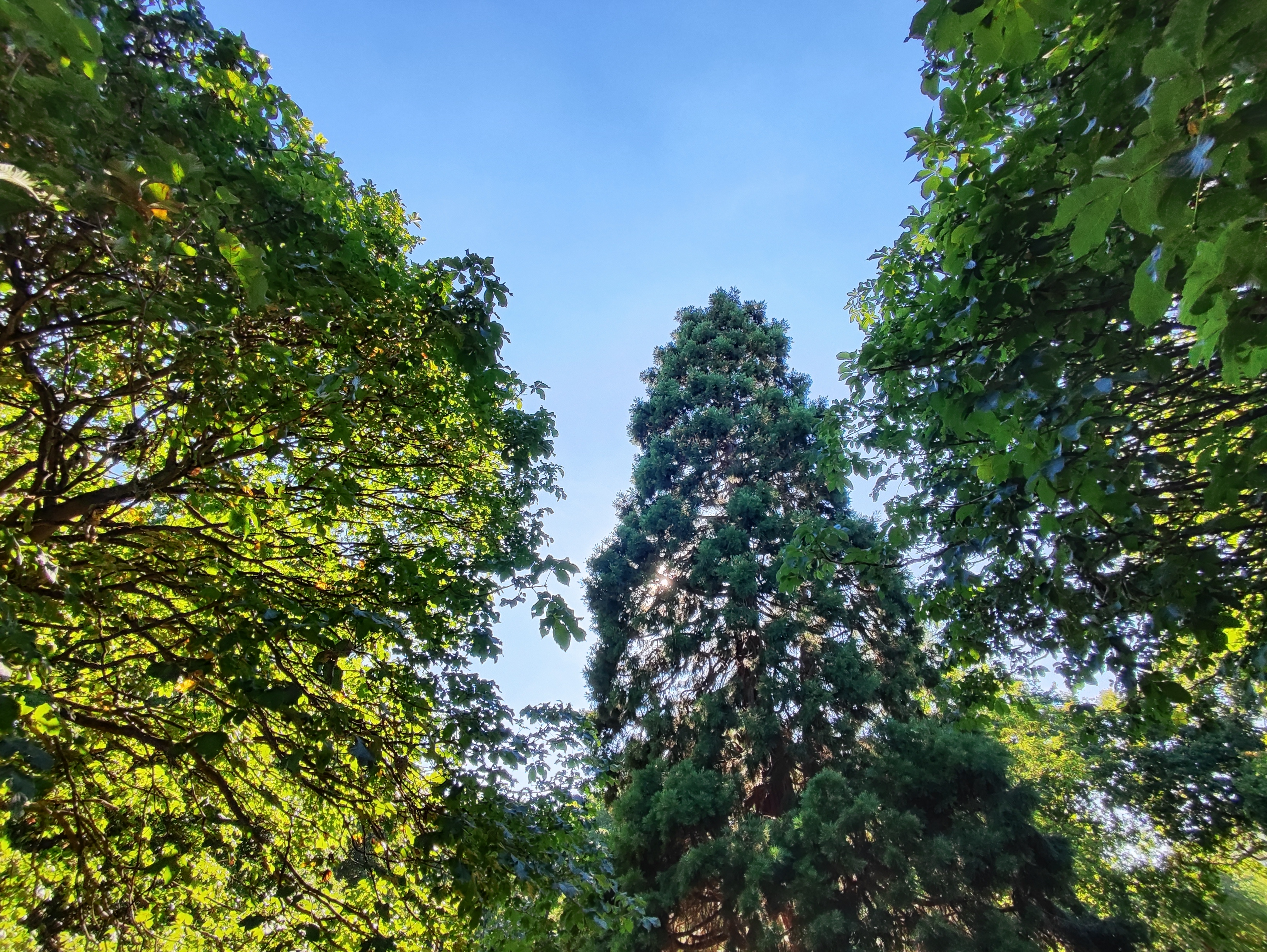
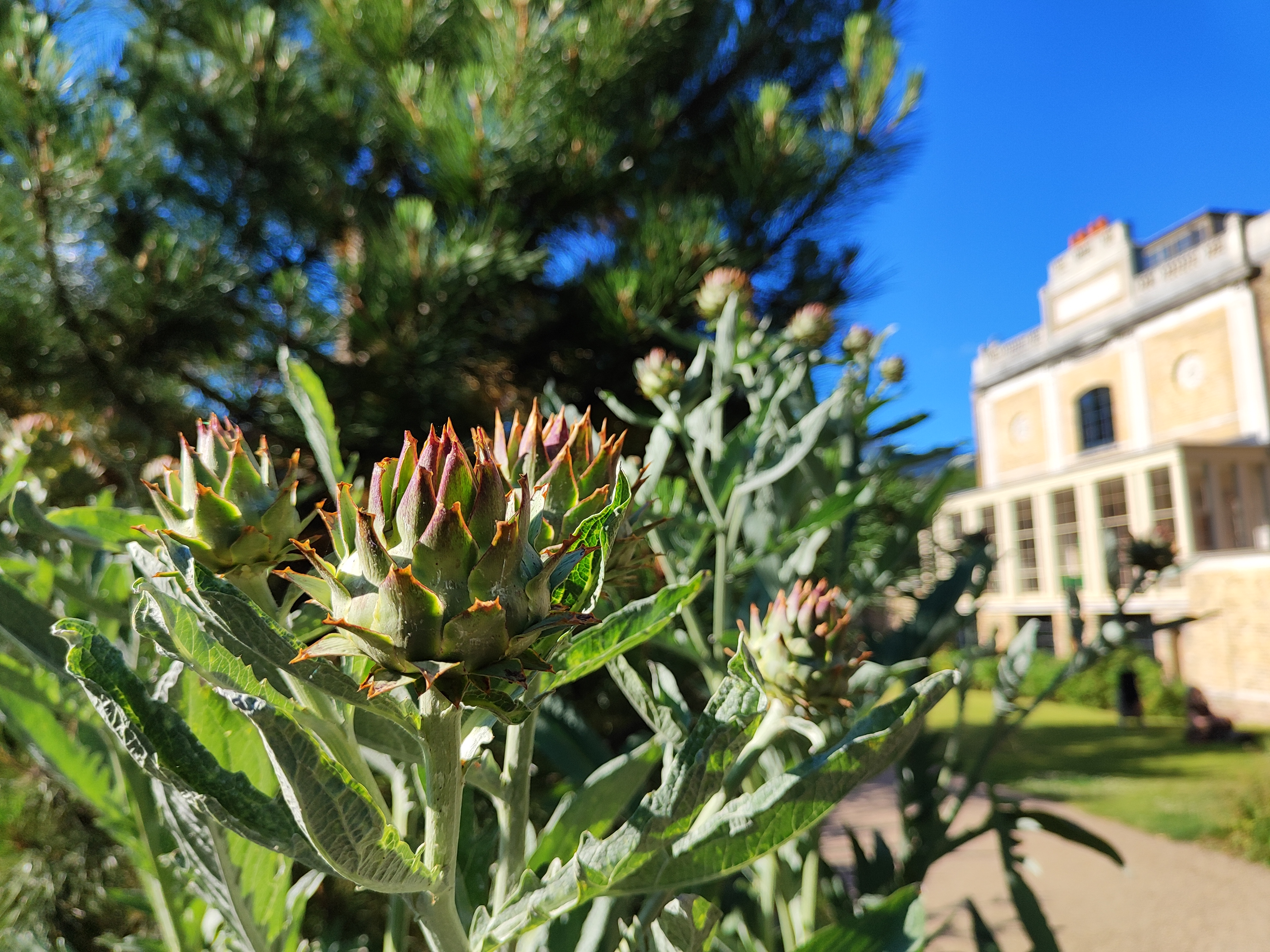


Additional specs
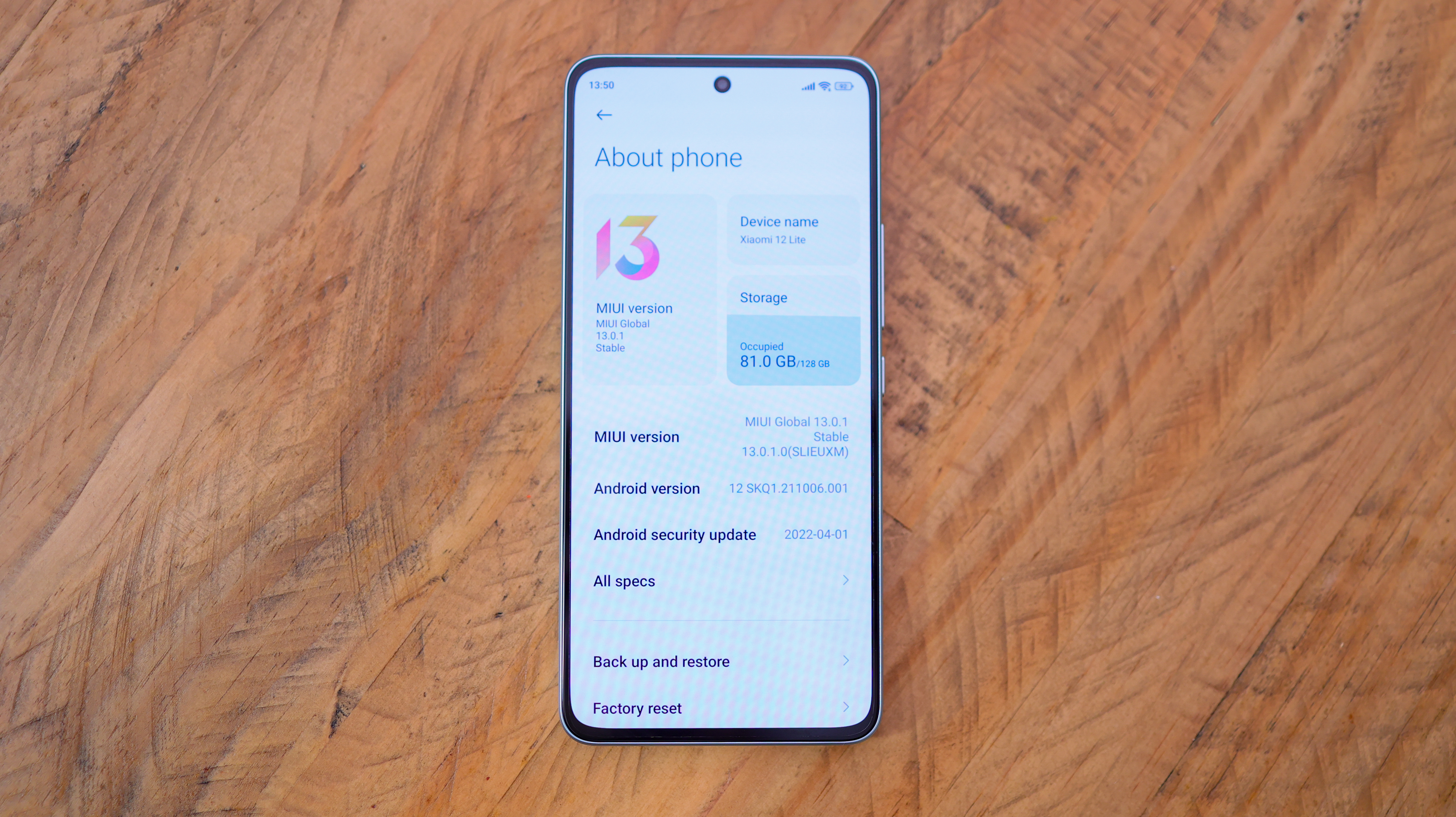
With a Qualcomm Snapdragon 778G chipset, the Xiaomi 12 Lite has midrange power, but is likely capable enough for most people's needs.
We were able to play back demanding 3D games like Genshin Impact smoothly at medium graphics settings, and simpler games are handled with ease. With either 128GB or 256GB storage, there should be ample space for files and apps, and with either 6GB or 8GB RAM, working across different tasks was a swift experience in our time with the 12 Lite.
Xiaomi's MIUI 13 interface, which runs on top of Android 12, has been criticized for being bloated and heavy, but at least on the Xiaomi 12 Lite, it's free of adverts and crippling bugs, which we experienced on past versions of MIUI.
Xiaomi also loads up some fun features within the UI – the fingerprint scanner doubles up as a heartrate monitor, for example. Speaking of the fingerprint scanner, it's relatively swift to unlock the phone, and there's also face unlocking which can work in tandem with it.
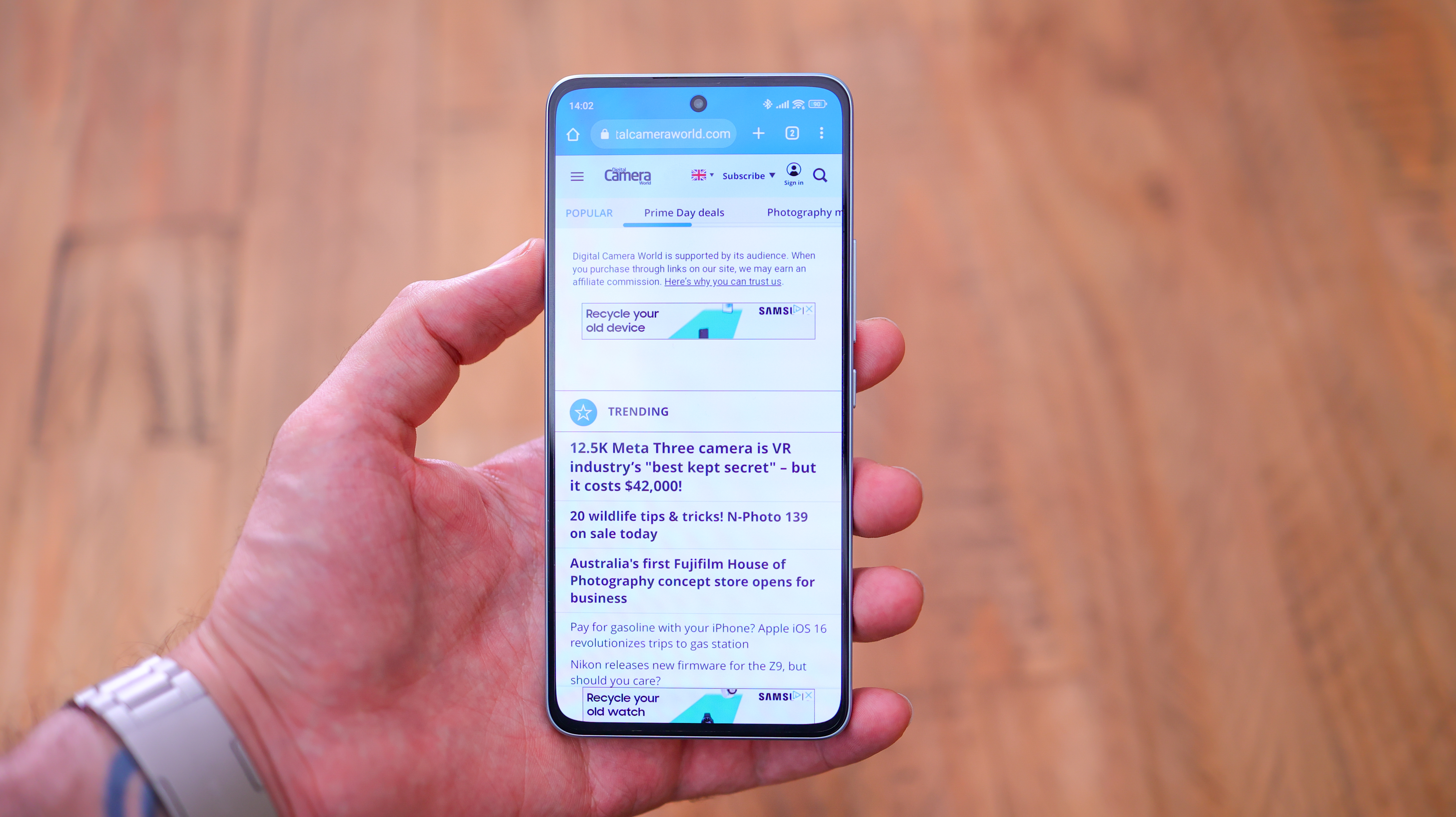
With a 4300mAh battery, the Xiaomi 12 Lite has a lower-capacity cell than any Android smartphone we've reviewed over the last year. That's a pretty alarming stat for anyone with battery anxiety – but we were pleased to find out the 12 Lite isn't a complete battery write-off.
Out of the box, the screen refresh rate is set to 60Hz with auto-brightness active – and we stuck with these settings in our first few days with the phone. By the end of most days, we had between 10-30 percent remaining, which isn't too bad going. Our battery benchmark also scored the phone well when set at 60Hz.
When we switched to 120Hz, how long the phone lasted depended on how much we were using the screen. Unfortunately, the 12 Lite doesn't have an adaptive refresh rate like flagships, so it can't scale smoothness up or down depending on what's being displayed. Days we used the screen a lot, we occasionally struggled to get from morning to night – and this will be compounded if you live somewhere sunny and need to keep brightness high.
While the 12 Lite doesn't support wireless charging, it charges very quickly with 67W fast charging, taking it from zero to 100 percent in just 40 minutes.
Xiaomi 12 Lite: Verdict
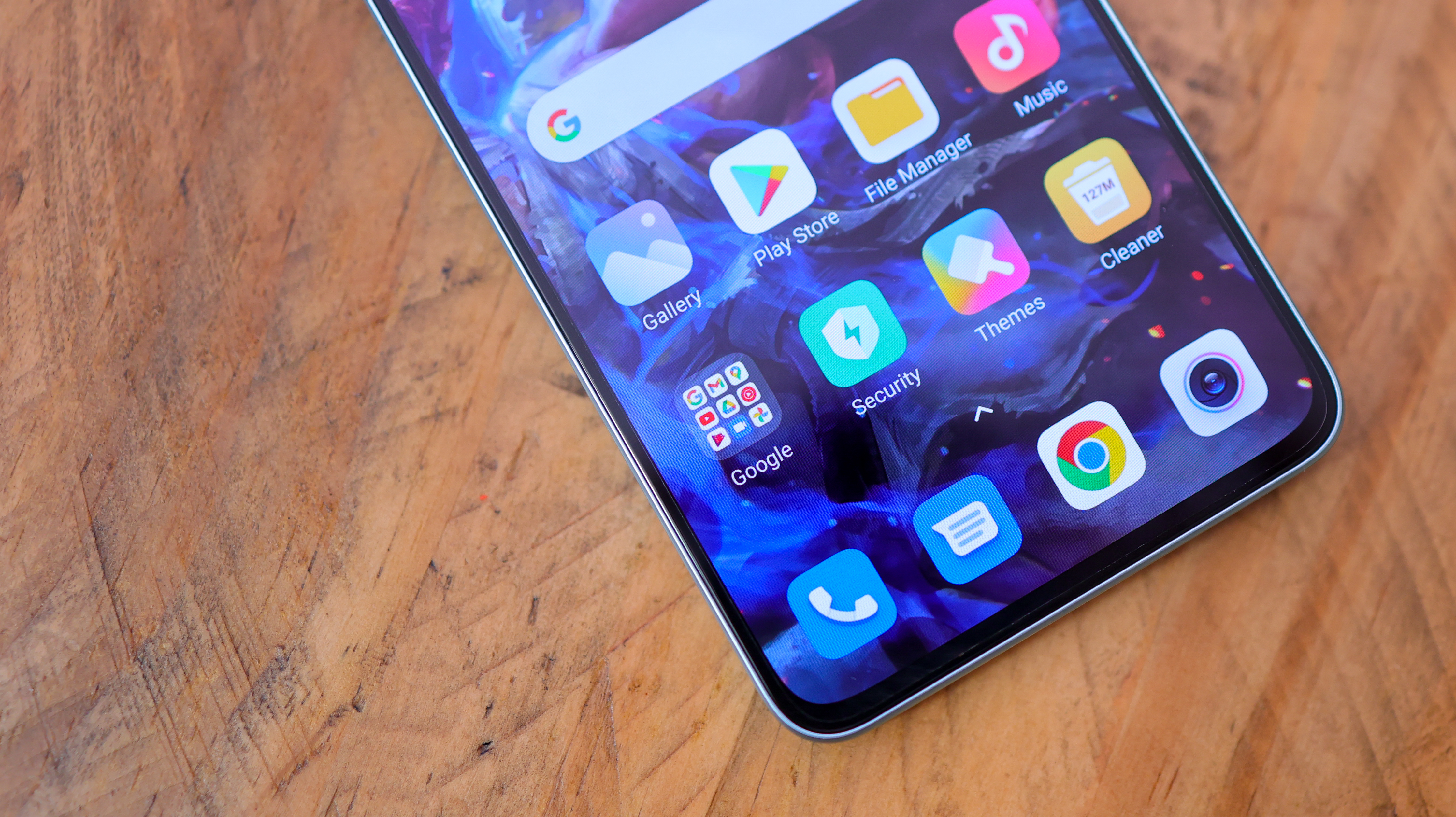
The Xiaomi 12 Lite is an interesting mix. On the one hand, it's a great-looking phone with an excellent selfie camera for the price, a respectable main camera, and a really good screen. It also outperforms the Samsung Galaxy A53 5G – arguably, its main competition, in day-to-day use.
It's a shame Xiaomi shaved down the 12 Lite's battery. It lasts a full day and longer than some flagship phones, so it isn't bad. It just can't compete with its fellow mid-rangers with their 5000mAh cells. Nevertheless, if you're big on selfies, like the Xiaomi 12 Lite's styling, and want something a bit slimmer to slip into your pocket or bag, despite not being perfect, the 12 Lite is still a good all-around smartphone.
Xiaomi 12 Lite alternatives
The Realme 9 Pro Plus is the obvious alternative to the Xiaomi 12 Lite, with its IMX766-powered main camera loaded up with OIS. While it can't stack up when it comes to selfies, it packs what's probably the best primary camera for the price.
If you can find the Vivo V21 5G for less than the Xiaomi 12 Lite, that's another alternative. With a similar selfie camera set up, it adds OIS to the mix. Finally, the Redmi Note 10 Pro is still a great phone, provided you don't mind a little less power than the 12 Lite packs.
The 10 Pro has a better macro camera and the same 108MP main sensor as the 12 Lite, and with no 5G and a much bigger battery, it lasts much longer on a single charge.
• The best camera phones you can buy today • Best Samsung phones • Best budget phones • The best phablets • Which is the best iPhone for photography? • The best gimbals • Best phone cases
Basil Kronfli is a freelance technology journalist, consultant, and content creator. He trained in graphic design and started his career at Canon Europe before moving into journalism. Basil is also experienced in video production, independently running the YouTube channel TechEdit, and during his time at Future, he worked alongside the Digital Camera World team as a senior video producer.
